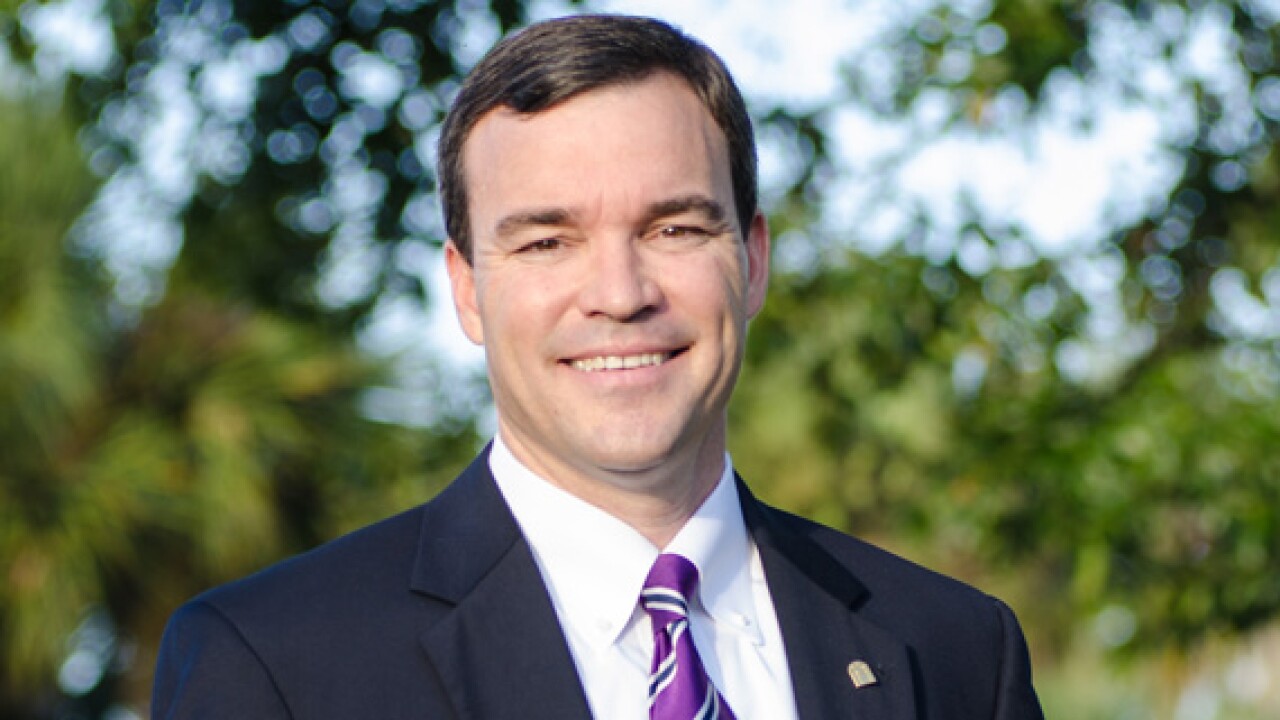Imagine that one day people from your countrys rural areas start paying with their mobiles. Would it be strange? Definitely. That would mean they are more advanced in mobile payments adoption than the majority of people living in cities, who still prefer to use plastic.
Such scenario might imply that either your are dreaming, or M-pesa has entered your country.
In Kenya, where the majority of people live in rural areas, 2/3 of countrys population (17 mln) uses their phones to pay for goods or transfer money. This is because M-Pesa is designed to thrive in the hardest conditions (in which banks would never survive).
The service was recently introduced in Romania, one of Europe's first markets. Vodafone, the M-pesa owner, is evaluating other countries "with a similar financial infrastructure in the region and may enter some other Central and Eastern European markets.
What countries are next on the Vodafone list? The following market conditions are key to M-Pesa success. If your country qualifies, expect M-Pesa to be in your market soon.
The key element is the underbanked ratethe higher the better. This is why after robust success in Kenya, the service arrived in countries like Tanzania (only 17% of population has bank accounts), India (35%), and most recently in Romania (45%). Underbanked dont use bank services because, for instance, they dont trust banks, they work in the shadow economy, their income is too small to cover banking fees or they just dont want to deal with all the paper work. In Western Europe there are approx. There are 93 million underbanked consumers, according to MasterCard, so the potential to grow is huge (note that M-pesa operates only in a given countrys currency so it is limited to its borders).
The second condition is high mobile penetration. By saying this I dont mean smartphone penetration, I mean any mobile phone penetration. The strength of m-Pesa solution lies in its simplicity. Kenyans do not need a smartphone with a screen resolution of 720x1366 or speech recognition option in order to easily transfer m-money. They only need a cell phone (even very old model of Nokia 3310 will do) and a SIM card issued by Safaricom (Vodafones MNO in Kenya). You do not have to download any payment applicationthe system is based on USSD codes so it works on every single mobile phone capable of sending SMS.
Large remote areas are also important. The main M-pesa value is that it allows to send money easily over long distances. This is why such service is a necessity for people living in remote areas where the only method of sending money would be a local bus. M-pesa is without comparison safer and faster. People who work far away from home use it to send money to their families, to pay for services such as taxi (no need for a terminal taxi driver receives money on his phone) or to pay bills.
Another crucial element for success is nationwide agent outlets which replace ATMs and cash deposit machines. More than 4 000 agents operate in Kenya you will find them mostly at roadside shops and sometimes even as remote dealers with their CPU connected to a battery.
The last point I would like to add is the lack of competitive solutions. I am not saying its a must have, its just that in other African countries, where the M-pesa wasnt first on the market and it competes with other m-payment solutions, it did not repeat its Kenya success, for e.g. in India it is used only by 1 mln people.
In central and eastern Europe, Vodafone operates in Hungary, Albania, the Czech Republic and also has alliances with operators in some other countries. As for similar financial infrastructureit can mostly be found in former Soviet Union countries. Maybe villages in one of those countries will soon become the cradle of m-payments.
Tomasz Krajewski is the head of m-commerce at eLeader in Lublin, Poland.





